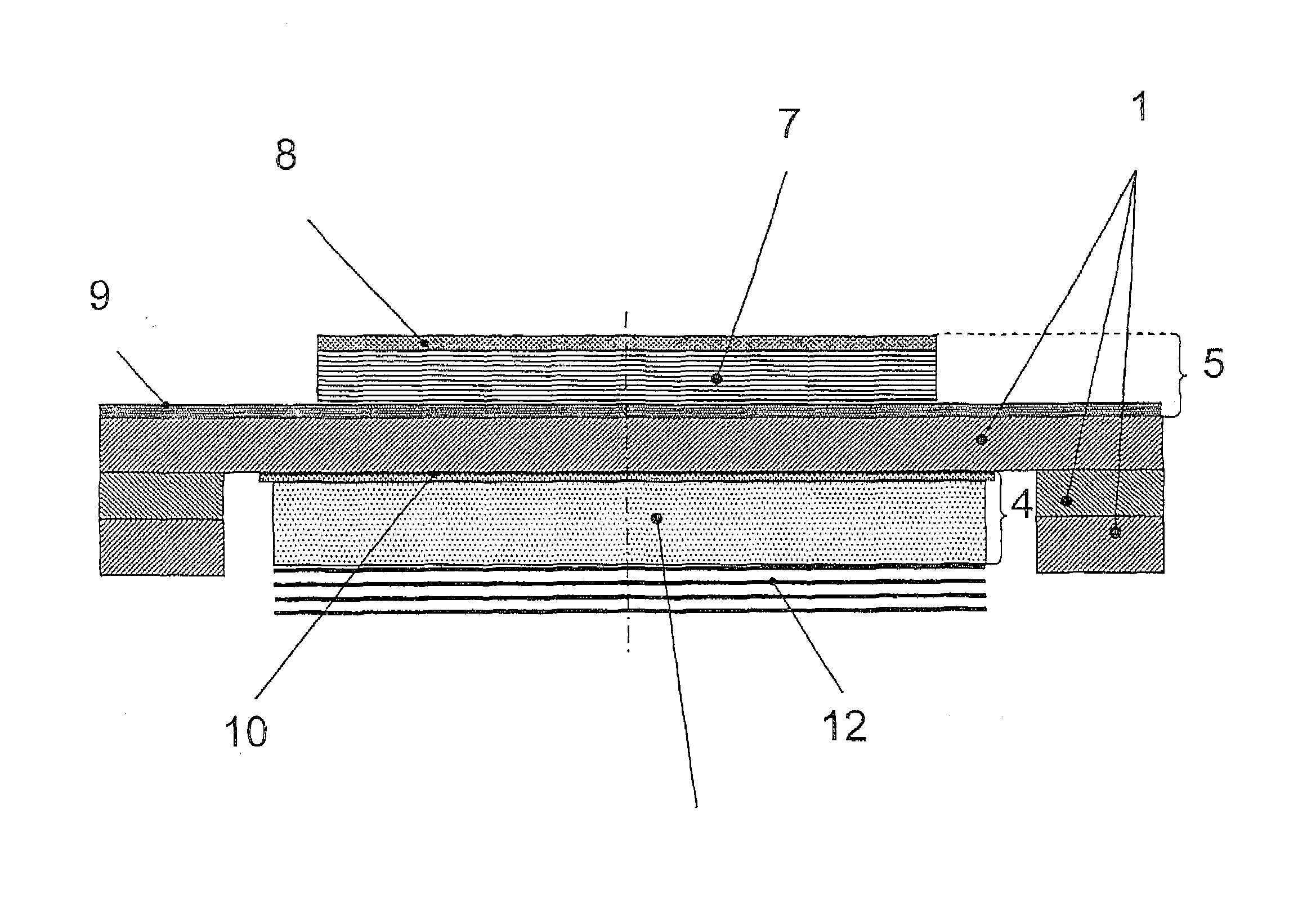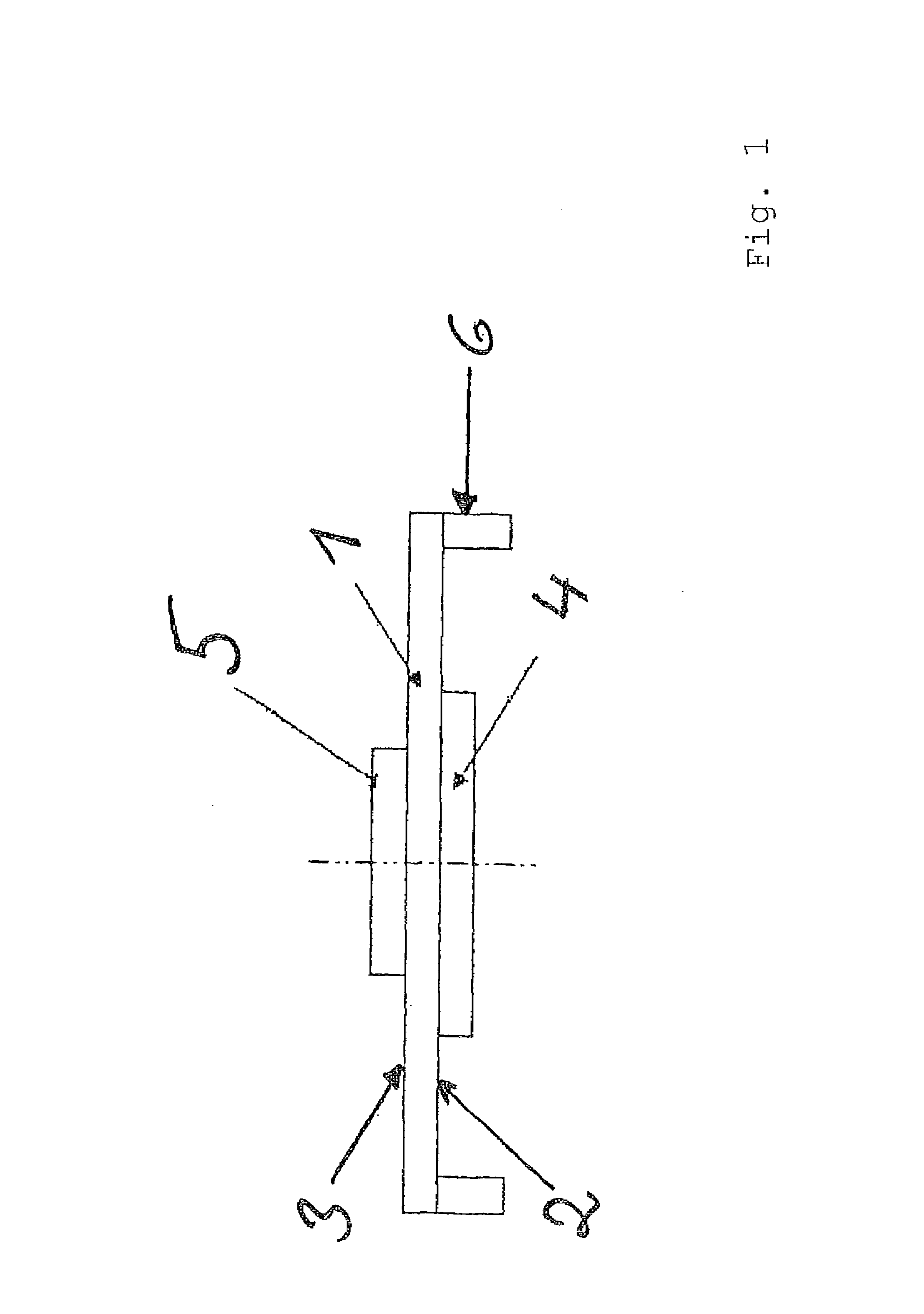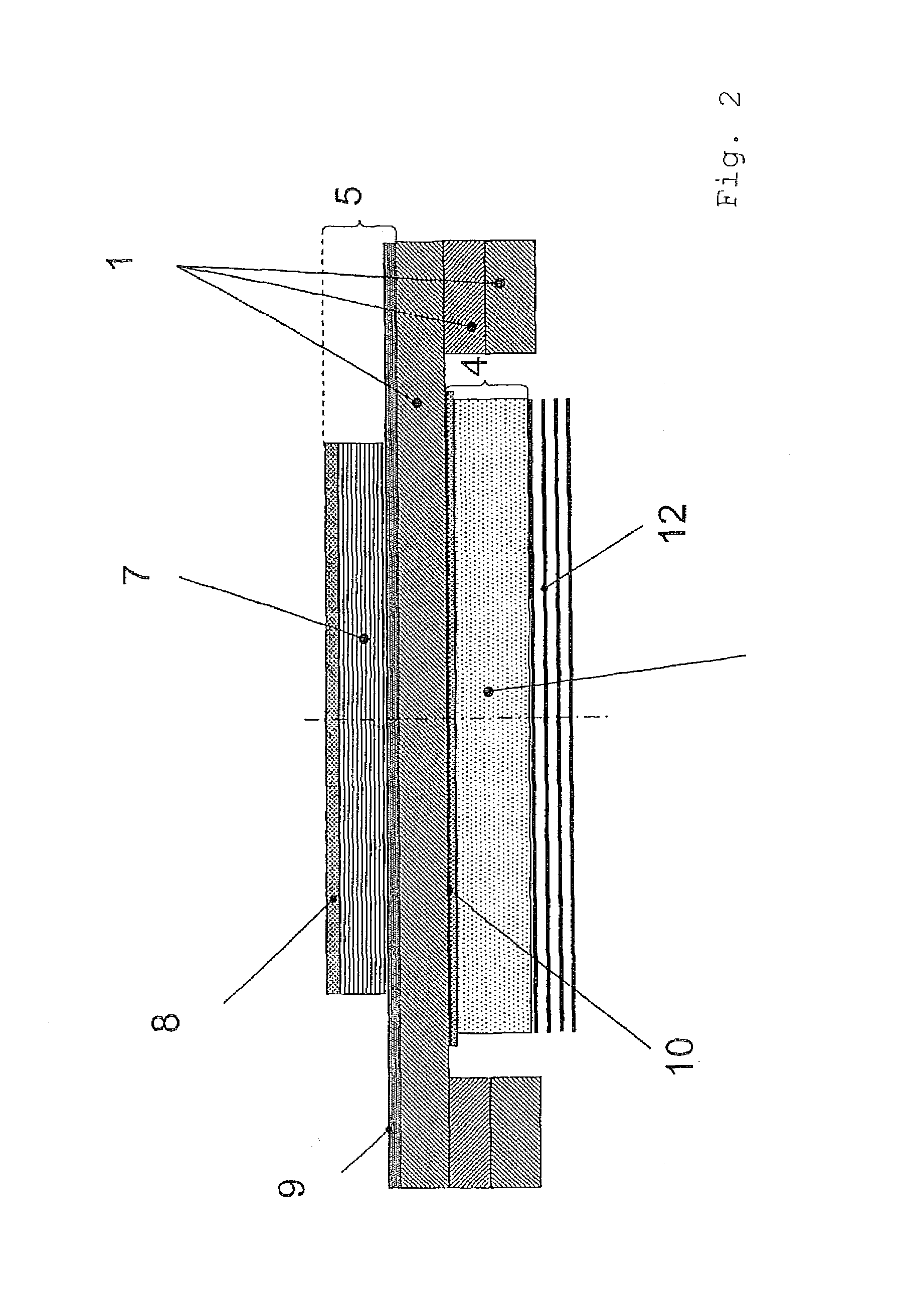Adaptive deformable mirror for compensation of defects of a wavefront
a wavefront and deformation technology, applied in the field of production of adaptive deformation mirrors for compensating wavefront defects, can solve the problems of deformation of the mirror layer, previous state of the art demands, high manufacturing and mounting complexity, etc., and achieve the effect of reducing thermal deformation, easy compensating, and minimising thermal deformation
- Summary
- Abstract
- Description
- Claims
- Application Information
AI Technical Summary
Benefits of technology
Problems solved by technology
Method used
Image
Examples
Embodiment Construction
[0031]A few examples of adaptive mirrors and arrangements according to the invention are provided in the following. There are shown:
[0032]FIG. 1 a basic construction of an adaptive mirror according to the invention,
[0033]FIG. 2 a construction of an embodiment of an adaptive mirror according to the invention, and
[0034]FIG. 3A-3D a plan view on an adaptive mirror with various actuation methods via differently disposed partial electrodes.
[0035]FIG. 1 shows the cross-section through an adaptive mirror as is described in the present invention. The same or similar reference numbers here thereby describe the same or similar elements in the following Figures.
[0036]The adaptive mirror is constructed from a substrate layer 1 which is at most 1,000 μm thick, on the first surface 2 of which a reflecting layer 4 and on the second surface 3 of which at least one actuator 5 is applied. At the edges of the substrate layer 1 on the first surface 2 thereof, a mounting 6 is fitted and has for LTCC the...
PUM
| Property | Measurement | Unit |
|---|---|---|
| thickness | aaaaa | aaaaa |
| thickness | aaaaa | aaaaa |
| thickness | aaaaa | aaaaa |
Abstract
Description
Claims
Application Information
 Login to View More
Login to View More - R&D
- Intellectual Property
- Life Sciences
- Materials
- Tech Scout
- Unparalleled Data Quality
- Higher Quality Content
- 60% Fewer Hallucinations
Browse by: Latest US Patents, China's latest patents, Technical Efficacy Thesaurus, Application Domain, Technology Topic, Popular Technical Reports.
© 2025 PatSnap. All rights reserved.Legal|Privacy policy|Modern Slavery Act Transparency Statement|Sitemap|About US| Contact US: help@patsnap.com



